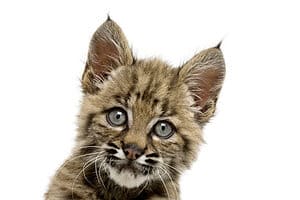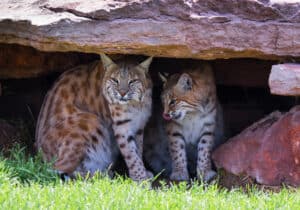A bobcat was caught on camera fighting Burmese pythons for their eggs. After Hurricane Andrew damaged a breeding facility, Burmese pythons made their way into the Everglades, where they have been wreaking havoc on the ecology ever since. Let’s find out more about the significance of bobcats eating python eggs and how this event could point to a healthier Everglades ecosystem.
The Florida Everglades Ecosystem

The
Burmese
python has taken over the Florida Everglades
©asawinimages/Shutterstock.com
The Everglades of Florida, which span 1.5 million acres, is roughly the size of Rhode Island. Located in Southern Florida, the Everglades is a tropical swamp. The Kissimmee River, which flows into Okeechobee Lake, is the centerpiece of the area’s unique landscape. During the rainy season, the water flows south through a limestone ledge and into Florida Bay. The weather in the Everglades is highly variable, ranging from floods to droughts at any given time.
Everglade’s water was redirected to cities as the Miami metropolitan region expanded. Sugarcane, grown in the Everglades, was the main cash crop. In the original Everglades, most of the land has been cultivated or developed. During the twentieth century, the Everglades began to degrade.
History of Python Invasion in the Florida Everglades
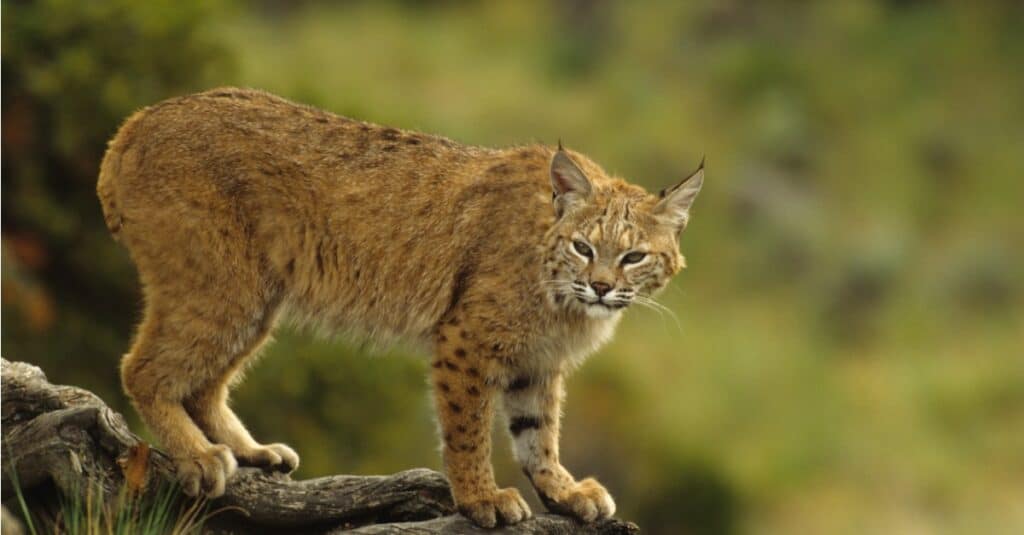
Bobcats are highly adaptable creatures and will change their diet according to their environment. `
©iStock.com/twildlife
Since the 1980s, the Burmese python has been wreaking havoc on the South Florida Everglades marshes, causing unprecedented damage. These giant snakes can grow up to 26 feet long and are sometimes as wide as a telephone pole. They have all but annihilated the region’s mammal population. According to many experts in the field, pythons first started breeding in the Everglades following Hurricane Andrew in August 1992. It was during the storm that a python breeding facility was destroyed, releasing many snakes into the neighboring wetlands.
Currently, authorities have no clue how many pythons live in the area, in large part due to the difficulty of conducting surveys in the Everglades, which are vastly inaccessible. And the mottled brown snakes mix well into the scrubby habitat. A land resources expert says there could be tens of thousands or there could be hundreds of thousands of snakes in the Everglades.
How Pythons Are Destroying the Florida Ecosystem
The Everglades animal population has already been decimated by the Burmese python, putting its biodiversity at risk. According to one study, the raccoon, opossum, and bobcat populations in the Everglades decreased by 99.3, 98.9, and 87.5 percent between 1997 and 2012. Meanwhile, marsh rabbits, cottontail rabbits, and foxes all but vanished. Some of the extracted pythons had wading birds and deer in their stomachs.
Bobcats and the Everglades Ecosystem
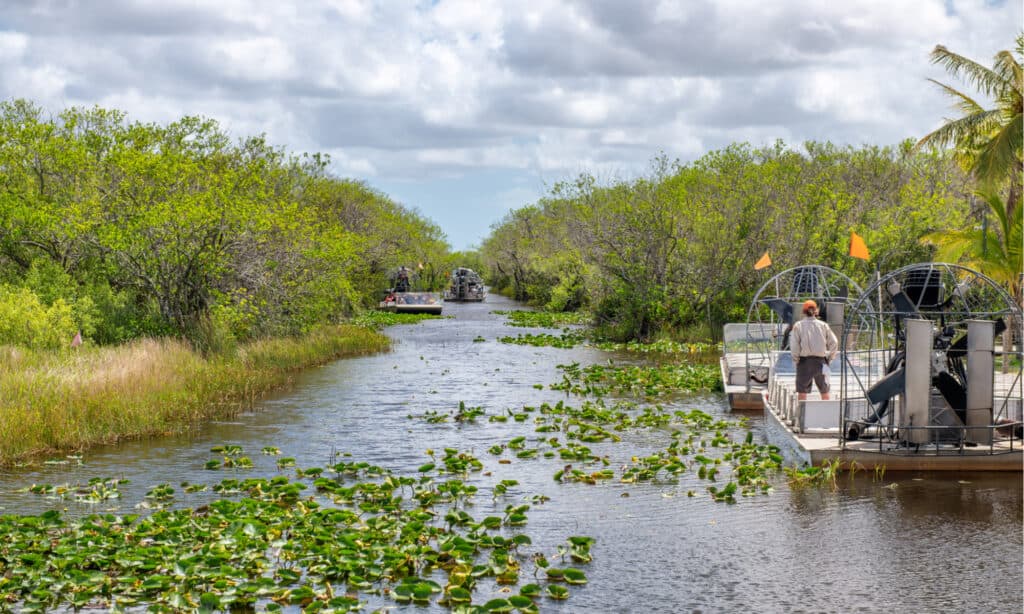
Bobcats will eat python eggs and other reptilian eggs to survive.
©GagliardiPhotography/Shutterstock.com
It was all captured on camera when a U.S. Geological Survey team set up a wildlife camera near a female they had tagged. They never expected to see the bobcat coming for python eggs, but it did. It appears that the bobcat dares to return repeatedly, even while the enormous snake rests on its nest.
The python preys on local bobcats, which has resulted in a decline in the bobcat population as well as many other mammals. Could this be revenge, or is this a game of survival of the fittest? Whatever the case may be, the bobcat’s assistance in restoring order to the Everglades’ ecology is astounding!
Bobcats and Their Diets
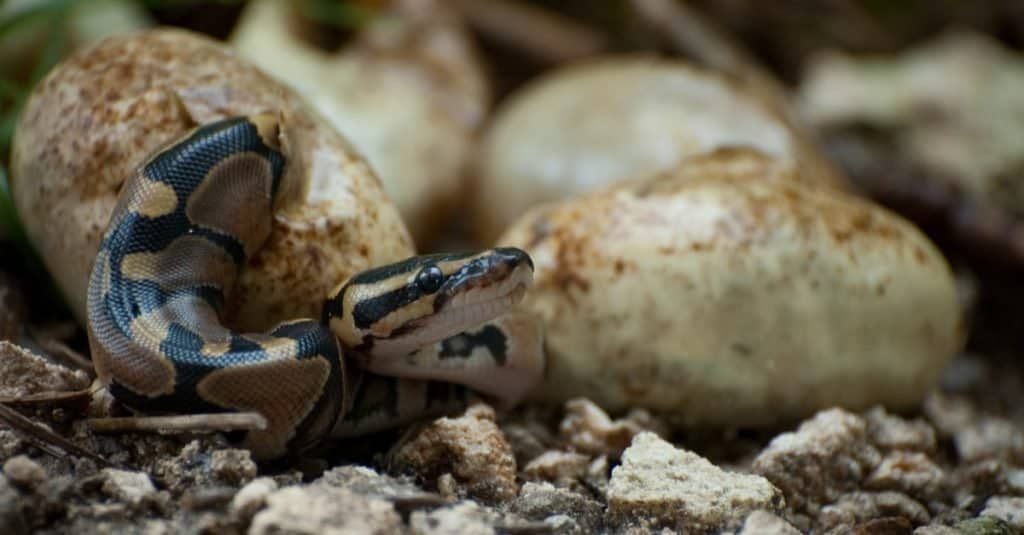
Like all snakes, Burmese pythons hatch from eggs.
©Heiko Kiera/Shutterstock.com
Most cat species adapt their diet to what is available, therefore bobcats preying on python eggs is not that strange. Bobcats are well-known for their ability to thrive in a variety of environments. Bobcats prefer all-meat diets because they are carnivores. They will eat all sorts of animals such as rabbits, birds, lizards, rodents, snakes, and carrion. Bobcats in Florida eat a lot of reptile eggs.
Bobcats can survive in a variety of environments. They can survive in these environments thanks to their ability to change color and hide with their fur. Their claws retract to help them climb and catch prey, and their teeth are razor-sharp to help them kill and eat prey.
Could Bobcats Save the Everglades?
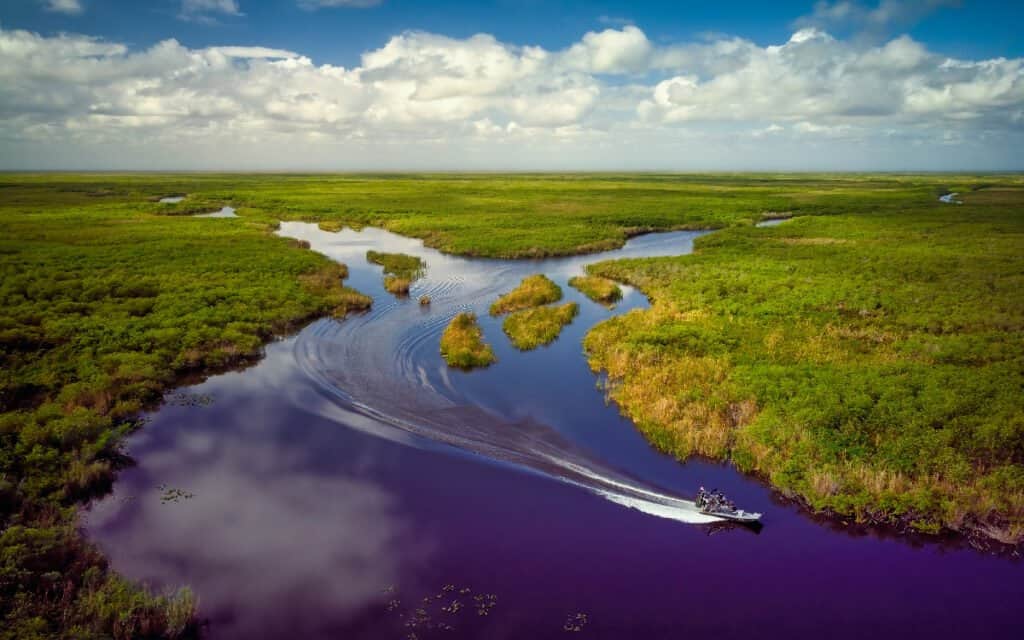
The Everglades is the biggest tropical wilderness in the U.S.
©iStock.com/Robert DelVecchio – OcuDrone
According to current estimates, the Florida Everglades is home to more than 100,000 pythons, the largest population in the world. To restore order to the once-balanced Everglade environment, a tremendous amount of effort must be expended. The quickest and most effective means of breaking the cycle is to eliminate the python nests before they have a chance to reproduce. It’s remarkable to see how nature is aiding our attempts to win this war. The removal of one python from the Everglades protects the lives of hundreds of native animals. It is estimated that the bobcat, who was caught on video, took out as many as 64 of these apex predators!
The Importance of Ecological Balance in Our Ecosystems
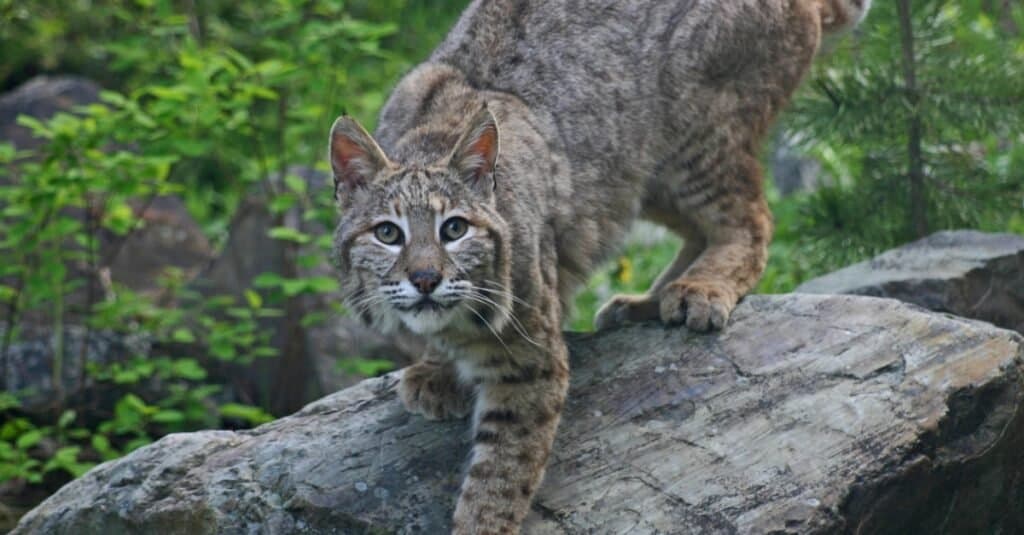
The bobcat is the smallest type of lynx cat breed.
©iStock.com/Anita Elder Design
Our ecology is in a state of precarious equilibrium. Keeping the ecosystem in balance is vital because it ensures the long-term viability of creatures. No species are overexploited or underutilized. Human activities such as farming and resource exploitation, for example, are closely monitored to avoid unnecessarily decimating forest ecosystems.
Ecological balance is a dynamic equilibrium among a community of animals in which genetic, species, and ecosystem diversity remain stable. These ecosystems maintain a constant balance between the populations of each species. Disturbances to an ecosystem, whether natural or induced by humans, can lead to an ecological imbalance.
These are some examples of natural disturbances would be any incendiary event caused by Mother Nature. For example, eruptions caused by volcanoes or floods caused by hurricanes. Disturbances caused by humans could include releasing unusual species into the wild, overhunting, and pollution. An ecosystem can return to a balanced condition once disruption occurs. However, if the disturbances keep coming, an ecosystem may never return to a condition of ecological equilibrium.
The photo featured at the top of this post is © Heiko Kiera/Shutterstock.com
Thank you for reading! Have some feedback for us? Contact the AZ Animals editorial team.



